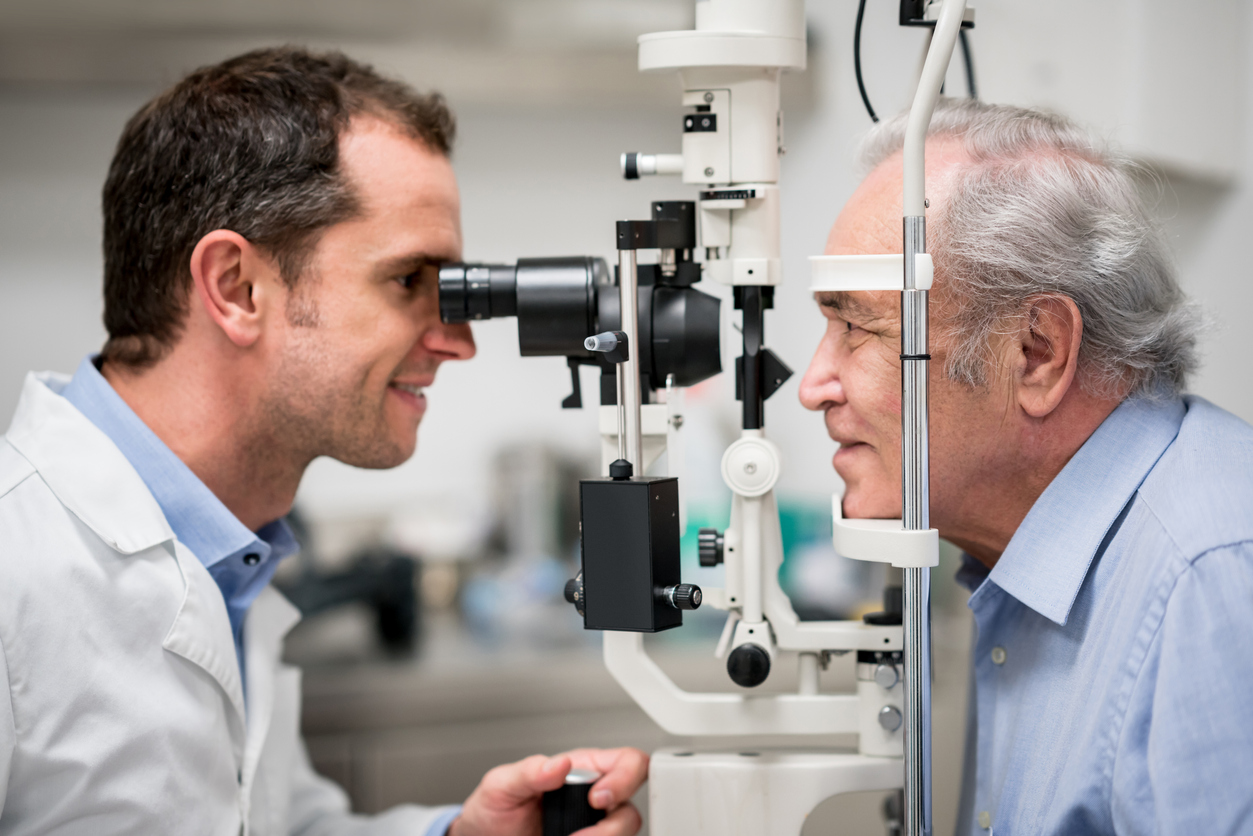Keratoconus: Symptoms, Causes & Treatment
What are the symptoms of keratoconus?
Keratoconus is a progressive eye condition that causes the cornea to thin and change shape, leading to distorted vision. The symptoms of keratoconus can vary from person to person and may include:
- Blurred or Distorted Vision: Blurred or distorted vision, especially at night, is a common symptom of keratoconus. This can make it difficult to see clearly, even with glasses or contact lenses.
- Increased Sensitivity to Light: People with keratoconus may experience increased sensitivity to light (photophobia), which can cause discomfort in bright light conditions.
- Difficulty Seeing Clearly: As keratoconus progresses, it can become increasingly difficult to achieve clear vision, even with corrective lenses.
- Frequent Changes in Eyeglass Prescription: Individuals with keratoconus may experience frequent changes in their eyeglass prescription as the shape of the cornea changes.
- Astigmatism: Keratoconus often causes astigmatism, which is a condition that causes blurry or distorted vision due to an irregularly shaped cornea.
- Ghosting or Double Vision: Some people with keratoconus may experience ghosting or double vision, where images appear duplicated or overlapped.
- Halos Around Lights: Halos or glare around lights, especially at night, can be a symptom of keratoconus.
- Eye Irritation or Eye Strain: Keratoconus can cause eye irritation, redness, or eye strain, especially when trying to focus on objects.
It’s important to note that the symptoms of keratoconus can worsen over time, and early detection and treatment are key to managing the condition and preserving vision. If you experience any of these symptoms, it’s important to see an eye care professional for a comprehensive eye exam to determine the cause of your symptoms and receive appropriate treatment.
What are the causes of keratoconus?
The exact cause of keratoconus is not fully understood, but it is believed to involve a combination of genetic, environmental, and biochemical factors. Some potential causes and risk factors for keratoconus include:
- Genetics: Keratoconus tends to run in families, suggesting a genetic component. Individuals with a family history of keratoconus are at higher risk of developing the condition.
- Eye Rubbing: Excessive rubbing of the eyes is believed to contribute to the development and progression of keratoconus. Rubbing the eyes can weaken the cornea and alter its shape.
- Corneal Thickness: Abnormalities in the thickness and structure of the cornea may play a role in the development of keratoconus. A thinner cornea may be more susceptible to the changes seen in keratoconus.
- Enzyme Abnormalities: Changes in the levels of certain enzymes within the cornea may contribute to the weakening and thinning of the cornea seen in keratoconus.
- Oxidative Stress: Oxidative stress, which occurs when there is an imbalance between free radicals and antioxidants in the body, may play a role in the development of keratoconus.
- Hormonal Changes: Some studies suggest that hormonal changes, such as those that occur during puberty, pregnancy, or with the use of hormonal medications, may contribute to the development or progression of keratoconus.
- Eye Trauma: Severe eye trauma, such as from a direct injury or eye surgery, may increase the risk of developing keratoconus.
- Other Factors: Certain conditions, such as atopic diseases (e.g., eczema, asthma, allergic conjunctivitis) and Down syndrome, are associated with an increased risk of keratoconus.
It’s important to note that while these factors may contribute to the development of keratoconus, the exact mechanisms by which keratoconus develops are not fully understood. Further research is needed to better understand the causes of keratoconus and develop more effective treatments.
What is the treatment for keratoconus?
The treatment for keratoconus depends on the severity of the condition and the progression of the corneal thinning and distortion. Treatment options may include:
- Glasses or Contact Lenses: In the early stages of keratoconus, glasses or soft contact lenses may be used to correct vision. As the condition progresses, rigid gas permeable (RGP) contact lenses may be more effective in providing clear vision by reshaping the cornea.
- Corneal Cross-Linking (CXL): Corneal cross-linking is a procedure that involves applying riboflavin (vitamin B2) eye drops to the cornea and then exposing the eye to ultraviolet (UV) light. This treatment strengthens the cornea and can help slow or stop the progression of keratoconus.
- Intacs: Intacs are small, crescent-shaped devices that are surgically implanted into the cornea to flatten and reshape it, improving vision in some cases of keratoconus.
- Corneal Transplant Surgery: In severe cases of keratoconus where vision cannot be adequately corrected with contact lenses or other treatments, a corneal transplant may be necessary. During a corneal transplant, a surgeon replaces part or all of the damaged cornea with healthy donor tissue.
- Phakic Intraocular Lens (IOL) Implantation: In some cases, a phakic IOL may be implanted to correct vision in patients with keratoconus who are not candidates for corneal transplant surgery.
- Combination Treatments: Some patients may benefit from a combination of treatments, such as corneal cross-linking followed by intacs or contact lens fitting after cross-linking.
- Regular Monitoring: Patients with keratoconus require regular monitoring by an eye care professional to assess the progression of the condition and determine the effectiveness of treatment.
The goal of treatment for keratoconus is to improve vision and reduce the progression of the condition. The choice of treatment depends on the individual’s specific circumstances and should be determined in consultation with an eye care professional specializing in corneal conditions.




